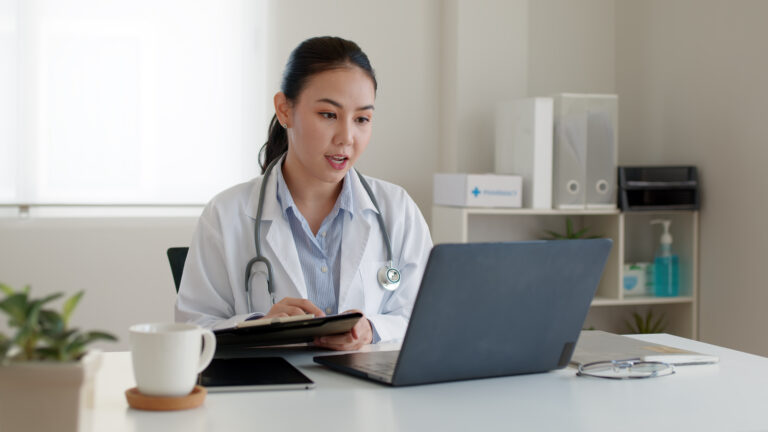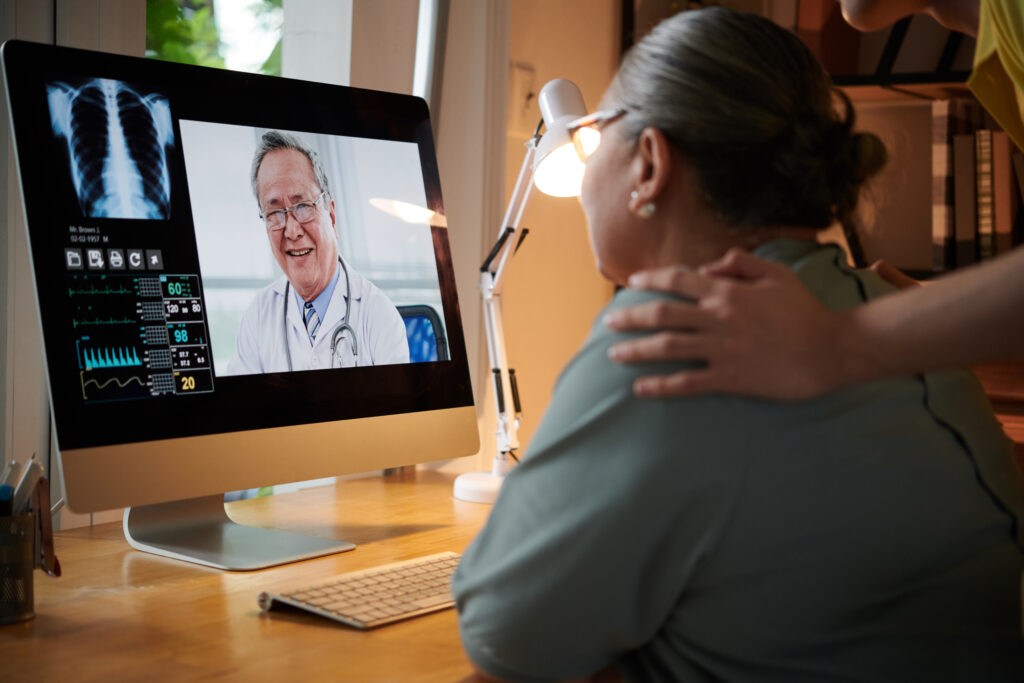The rise of telemedicine has reshaped the healthcare industry, offering patients new and convenient ways to access medical care. Mobile devices have emerged as central tools in facilitating remote consultations, monitoring, and diagnostics. However, the increased use of mobile devices in telemedicine also presents challenges, particularly in terms of security. This is where Mobile Device Management (MDM) systems come into play.
MDM is a relatively new area of focus for healthcare organizations, holding immense potential to improve the efficiency and quality of care in telemedicine. Implementing MDM solutions can be a challenge for healthcare companies offering telemedicine services, as they must strike a balance between security and compliance while ensuring flexibility and usability. Despite these challenges, the benefits of MDM are vast and can significantly impact the care provided by telemedicine providers.

One of the key advantages of MDM is its ability to enhance the security of patient data. With the increasing need for privacy and compliance with regulations like HIPAA, healthcare organizations must ensure that sensitive patient information remains protected. MDM offers robust security measures, helping healthcare providers secure patient data and maintain compliance.
In addition to security, MDM also increases the efficiency of healthcare services. By effectively managing mobile devices, MDM enables seamless access to medical applications for patients, doctors, and even sales personnel. It ensures that devices are properly configured for use in healthcare environments, improving workflow and optimizing patient care.
In this article, we will delve into the importance of MDM systems in telemedicine. We will explore how these systems ensure the protection of patient data, maintain the confidentiality of medical consultations, and enable effective management of diverse mobile devices utilized in healthcare settings. Join us as we uncover the transformative potential of MDM in revolutionizing the telemedicine landscape and elevating the quality of care provided by healthcare organizations.
Understanding Telemedicine
To grasp the significance of mobile device management (MDM) in the telemedicine industry, it’s essential to understand what telemedicine entails. Telemedicine involves the exchange of medical information through electronic communications, utilizing video conferencing, the internet, store-and-forward imaging, streaming media, and smartphones. It enables the sharing of medical data between distant locations, aiming to enhance the quality of care. Telemedicine encompasses medical consultations, diagnosis, treatment, and education.
Mobile Device Management (MDM) is key in ensuring the security and privacy of patient data and information. MDM solutions assist healthcare organizations in effectively managing and securing mobile devices, as well as the data and applications stored on them. They also contribute to compliance with regulations like the Health Insurance Portability and Accountability Act (HIPAA) and other security standards (ISO 27001, 9001, 14001, GDPR).
Managing Mobile Devices (MDM) in Telemedicine
The increasing use of mobile devices in telemedicine brings both advantages and challenges for healthcare organizations. Ensuring data security, privacy, regulatory compliance (like HIPAA and GDPR), and effective device management are key concerns. It is crucial for healthcare providers to prioritize the protection of patient information and implement proper device management and monitoring protocols.
Mobile Device Management (MDM) systems play a crucial role in addressing these challenges and offer numerous benefits. Firstly, MDM enhances security through measures like device-level encryption, remote locking, and data wiping capabilities. MDM policies ensure that only authorized users have access to sensitive patient data and that data is transmitted securely and end-to-end encrypted, guaranteeing the safe transit of information between patients and institutions. Secondly, MDM helps organizations comply with regulations, ensuring patient privacy and preventing data breaches. Additionally, MDM simplifies device management by enabling remote software updates, application deployment, and device usage monitoring.
As telemedicine continues to evolve, healthcare organizations must stay informed about emerging trends and technologies. Advancements in artificial intelligence (AI), wearables, and telehealth platforms will significantly impact the mobile device landscape. It is crucial for organizations to prioritize data security, adapt to changing regulations, and follow best practices in implementing MDM systems to maintain a secure and efficient telemedicine environment.
Use Cases
Mobile Device Management (MDM) systems offer a wide range of use cases in the telemedicine industry, facilitating efficient and secure management of various devices used in healthcare settings:
- Remote Management of Devices for Treatment Monitoring: Whether it’s monitoring medication adherence, tracking vital signs, or collecting patient data, MDM ensures that these devices are properly managed, updated, and secured remotely.
- Remote Management of Devices for Diagnostic and Follow-up Purposes: MDM enables seamless remote management of devices, ensuring they are securely configured, regularly updated and compliant with privacy regulations, making it possible for healthcare professionals to securely access patient information and provide accurate diagnoses and effective follow-up care.
- Remote Management of Screens, Computers, and Operating Room Equipment: MDM ensures that devices are always up-to-date, secure, and operating efficiently in order to prevent disruptions during critical procedures and maintain a safe environment for both patients and medical staff.
- Management of Ruggedized Devices for Diagnostic Purposes: MDM systems assist in managing and securing these specialized devices, ensuring their optimal performance and adherence to compliance standards. This allows healthcare professionals to rely on ruggedized devices for accurate and efficient diagnostics in challenging conditions.
- Secure Communication and Collaboration: By encrypting messaging and file-sharing capabilities, MDM systems ensure that confidential patient information is securely transmitted between authorized users. They also enable remote access to electronic health records (EHRs) and other medical applications, enabling seamless collaboration between healthcare teams.
- Remote Configuration and Support: With MDM, healthcare organizations can remotely configure device settings, install necessary applications, and troubleshoot issues, reducing the need for in-person IT support. This streamlines device setup and maintenance processes, saving time and resources for both healthcare providers and patients.
- Telemedicine Training and Education: MDM systems facilitate the distribution and management of educational content, such as medical training materials, instructional videos, and virtual simulations. MDM ensures that healthcare professionals have access to the necessary resources on their mobile devices, fostering continuous learning and skill development in telemedicine practices.
- Device Tracking and Inventory Management: MDM allows healthcare organizations monitor device locations, track device usage patterns, and manage device inventory remotely. This helps prevent loss or theft of devices, optimize device allocation, and ensure that devices are readily available when needed for telemedicine consultations.
- Compliance Monitoring and Reporting: MDM systems assist healthcare organizations in monitoring and reporting compliance with regulatory requirements, such as HIPAA and GDPR. They provide auditing capabilities, generate compliance reports, and enforce policies to safeguard patient data privacy and meet legal obligations.
Conclusion
Telemedicine is revolutionizing healthcare, providing patients with new avenues to access medical care. In this transformation, Mobile Device Management (MDM) systems play a crucial role in safeguarding patient data, ensuring private medical consultations, and efficiently managing a wide range of mobile devices used in healthcare settings. By adopting MDM solutions, healthcare organizations can bolster security through encryption and remote control capabilities, adhere to regulations like HIPAA, and streamline device management tasks. By prioritizing data security, staying compliant with regulations, and implementing effective MDM systems, healthcare providers can establish a secure and seamless telemedicine environment that benefits both patients and providers.

